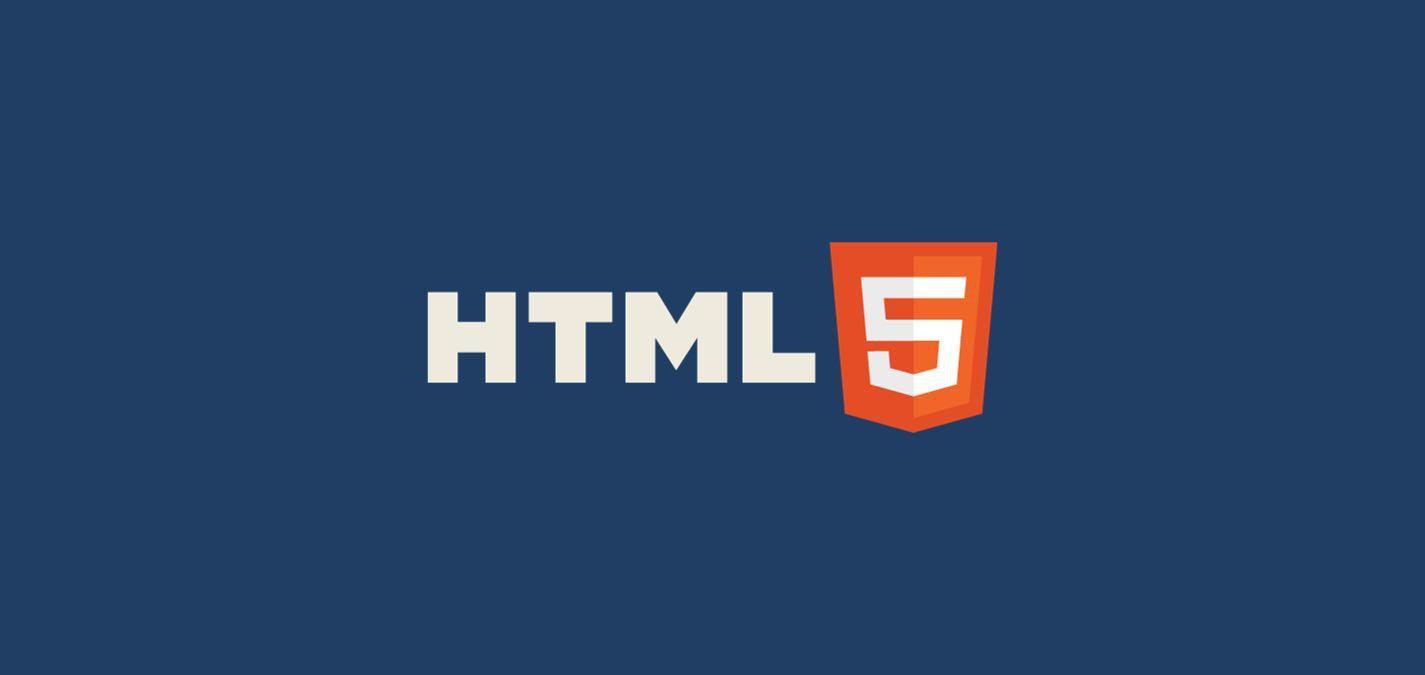In our increasingly digital age, where users access content from an array of devices, the art and science of responsive web design are crucial. Let's embark on a journey to demystify these techniques, supplementing our understanding with expert references and enriching templates.
Understanding Responsive Design
The Importance of Mobile-First Development
Adopting a mobile-first design strategy is no longer optional—it's imperative. By crafting designs for mobile devices initially and then scaling for larger screens, we ensure a seamless user experience. This method has grown in popularity, especially since Google's mobile-first indexing initiative. For a deeper dive into this approach, check out a comparison between mobile-first and desktop-first designs here.
Fluid Grids and Flexible Images
Fluid grids, as Smashing Magazine points out, utilize relative units, making your layout harmonious across various screen sizes. Consider this example:
.container {
width: 100%;
max-width: 1200px;
margin: 0 auto;
}
Images within these grids must also adjust fluidly. A technique reiterated by many, including the MDN guide, looks like:
img {
max-width: 100%;
height: auto;
}
Media Queries Deep Dive
Basic Structure of Media Queries
Media queries are the bedrock of responsive design. Their ability to apply specific styles depending on device characteristics is exemplified by the following:
@media (max-width: 600px) {
body {
background-color: lightblue;
}
}For a more extensive exploration on this, the CSS-Tricks guide on media queries is invaluable.
Designing for Different Device Sizes
Given the vast range of devices, the design challenge intensifies. The aim remains consistent user experience. For real-world code samples, consult the essential HTML code snippets guide.
Responsive Frameworks and Libraries
Bootstrap's Grid System
Bootstrap, renowned in the responsive design domain, boasts a 12-column grid system, making complex layouts simpler. A W3Schools tutorial offers hands-on experience.
Foundation, Bulma, and Alternatives
Beyond Bootstrap, frameworks like Foundation and Bulma have carved their niche. Delving deeper, our comprehensive HTML guide offers insights, supplemented by SitePoint's comparison of these frameworks.
Testing and Debugging Responsive Designs
Tools for Emulating Mobile Devices
Browsers have evolved, gifting developers with tools for emulating various devices, orientations, and network conditions. Chrome DevTools remains a popular choice.
Common Responsive Design Pitfalls
Mistakes are part of growth. Be it overlooking certain devices or convoluted media queries, hurdles are present. Familiarize with these, courtesy of Toptal's guide, and find solutions in our HTML best practices.
Conclusion: Building for Every Device
Responsive design isn't an optional extra—it's mandatory. Prioritize user experience, leverage available resources, and continually evolve. The digital realm is in flux, and armed with these techniques and the knowledge from our Ultimate Guide to HTML, you're ready to thrive within it.
Embrace the challenge and happy designing!




